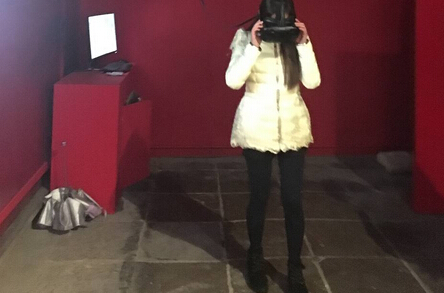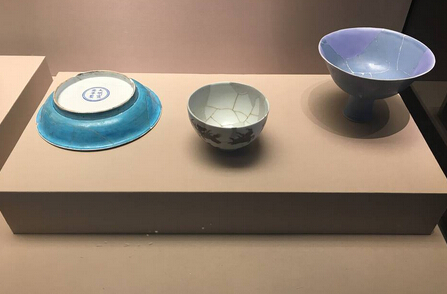Forbidden City Brings Archaeology To Life In VR From:Wall Street Journal Writer: Date:2016-11-04 “It’s so stunning,” exclaimed Zhang Ying, a 10-year-old student with big, black virtual-reality glasses wrapped around her small head. “I never thought an exhibition could be this fun.” Ms. Zhang’s unlikely enthusiasm was directed at a new exhibition at Beijing’s Forbidden City that depicts an archaeological site in Jingdezhen, a small city in southeast China whose name is synonymous with fine porcelain. The virtual-reality production is derived from more than 2,500 high-definition photos that museum researchers took in Jingdezhen amid ruins of the kilns where the porcelain was baked for the benefit of dynastic rulers.  “The virtual-reality model is enormous. And we are quite pride of it,” Mr. Zhang Yuchen, the museum’s digital media specialist, told a recent audience. The exhibition, called “Porcelain from the Ming and Qing Dynasty Imperial Kilns: Archaeological Finds at the Palace Museum and in Jingdezhen,” opened on Oct. 26 and runs until Feb. 26 (the Forbidden City houses the Palace Museum). The show focuses on a period between the mid-1300s and early 1900s when two of China’s imperial dynasties demonstrated their supremacy by hoarding such exclusive products as porcelain jars, plates, cups and art works. The imperial families tightly controlled the porcelain materials, designing and manufacturing them and forbidding their possession among outsiders. The museum displays some actual ancient pottery from Jingdezhen. Then there’s the virtual part of the exhibition. After strapping on the special black glasses, visitors roam around a virtual replica of the 14,000-square-foot Jingdezhen site, “seeing” the ruins as an audio guide describes the site. Museum officials warn visitors to keep within the boundaries of the 40-square-foot virtual-reality room, obeying a blue warning light or risk bumping into a wall.  One student, Ruan Jiaqi, reached to pick up a virtual piece of broken pottery but instead swept the air with his hand, as bystanders chuckled. A middle-aged driver from Sichuan tore off the glasses halfway through his tour, saying he felt dizzy. “It was very scary,” he said. “It’s just too real.” This is not the first time the Palace Museum has used virtual-reality technology to enhance its exhibitions. Last year, it opened a virtual-reality tour of the Forbidden City from the comfort of a theater. In July, the museum announced it would cooperate with the internet giant Tencent on long-term digital projects. |
 |Archiver|小黑屋|丝路遗产丝绸之路:长安天山廊道的路网
( 陕ICP备07011065号-3 )
|Archiver|小黑屋|丝路遗产丝绸之路:长安天山廊道的路网
( 陕ICP备07011065号-3 )
GMT+8, 2025-7-2 12:26 , Processed in 0.322783 second(s), 20 queries .
Powered by Discuz! X3.5
© 2001-2024 Discuz! Team.